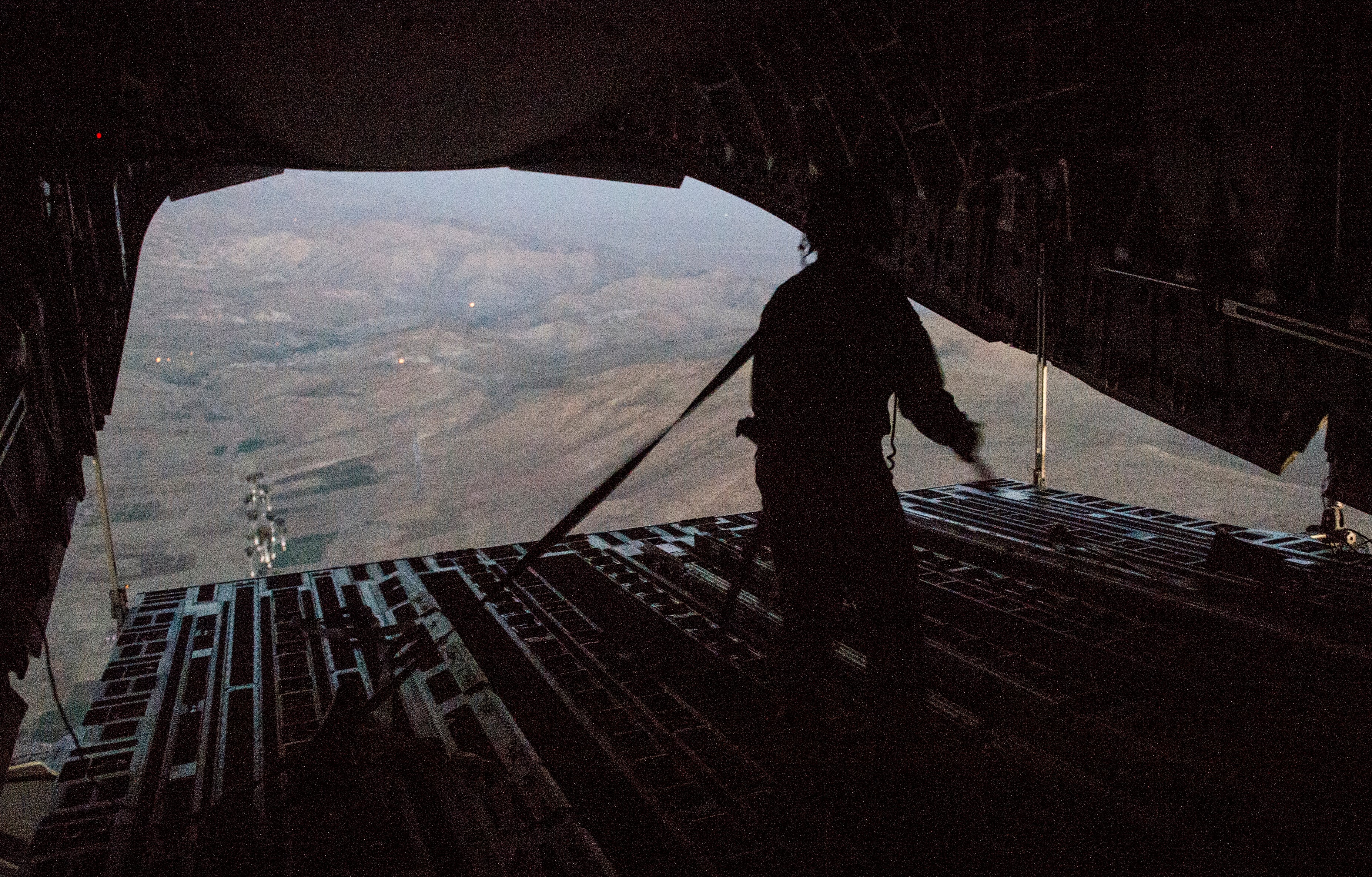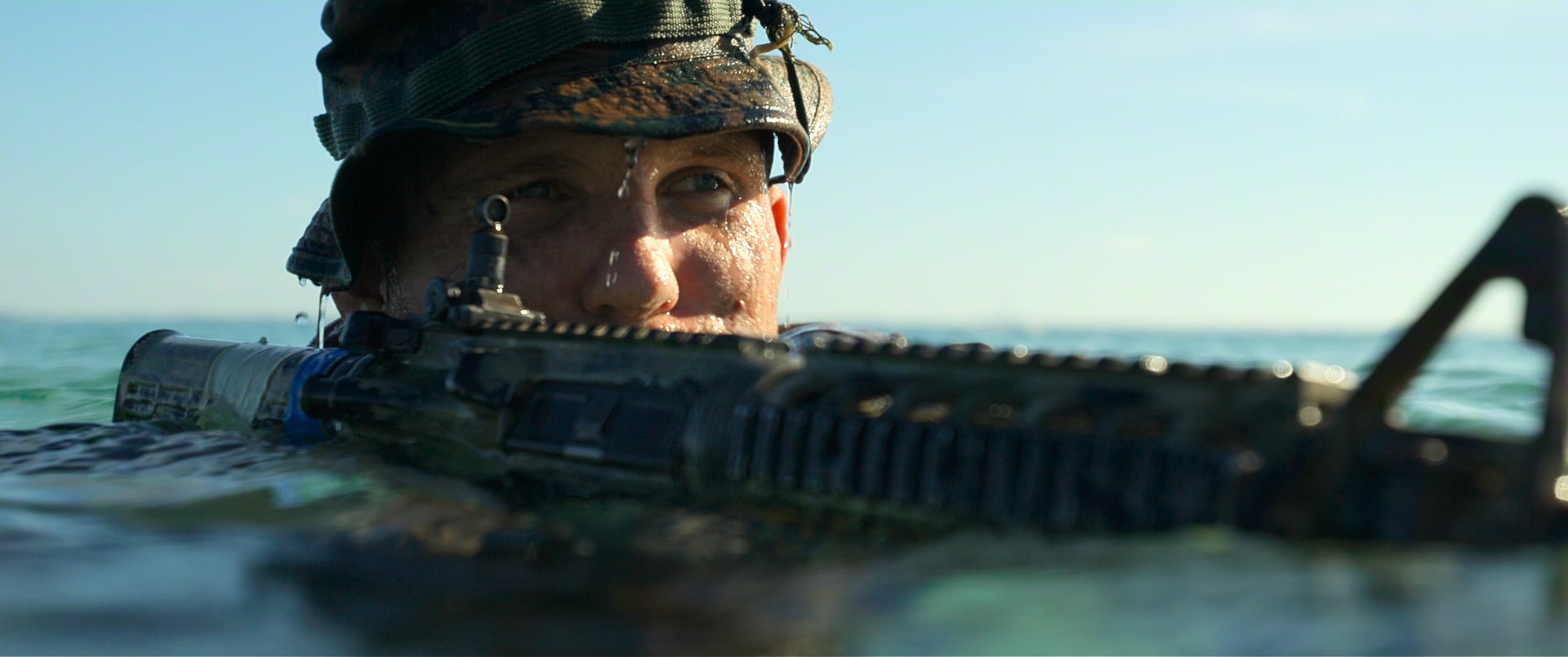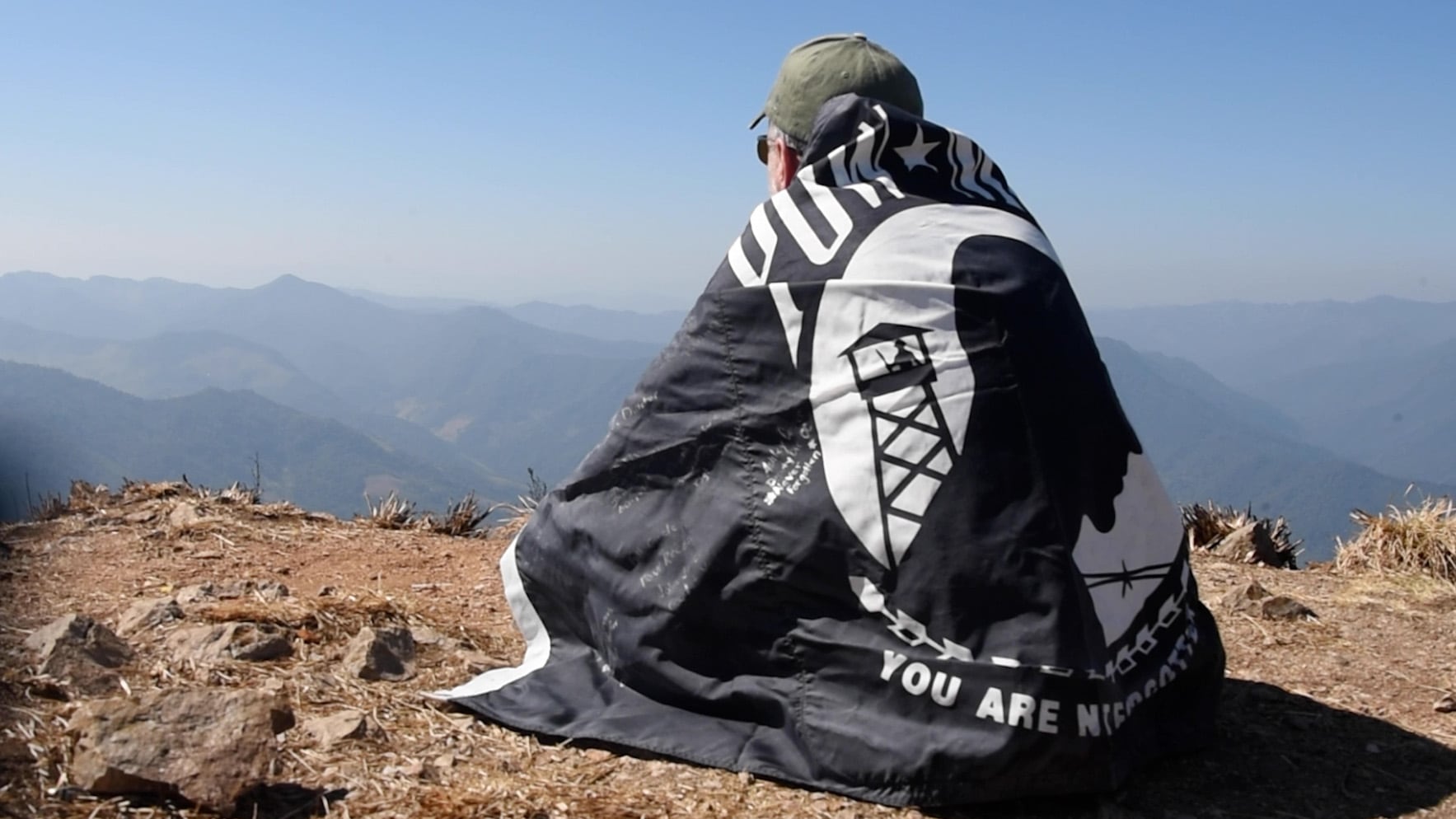In August 2014, I was serving as a colonel at Camp Arifjan, Kuwait, as part of a joint forces land component command that was the precursor to Combined Joint Task Force-Operation Inherent Resolve. From the Third Army operations center, we coordinated humanitarian airdrops out of Qatar as Daesh forces surrounded Mount Sinjar, trapping over 40,000 Yazidi civilians on a barren mountaintop. What followed was not just another military operation. It was proof that “never again” need not remain an empty promise.
Claire Barrett’s recent Military Times article “The etymology of genocide and the myth of ‘never again’” reminds us that naming a crime is not enough. The 2014 Daesh genocide against the Yazidis in northern Iraq is a tragic example, but also a rare case where the world did respond, and in doing so, prevented a far greater catastrophe.
At the beginning of August that year, Daesh launched a brutal campaign against the Yazidi people, a religious minority in the Sinjar region of Iraq. Over 5,000 Yazidi men were executed. More than 6,800 women and children were abducted, many subjected to rape, forced marriage and slavery. Mass graves were later uncovered across Sinjar. The United Nations confirmed that ISIS’ actions met the legal definition of genocide.
Yet amid this horror, the United States and its coalition partners acted rapidly and decisively. As Daesh forces encircled Mount Sinjar, the U.S. launched what today we would call a mass atrocity response operation that combined precision airstrikes, humanitarian airdrops and coordination with Kurdish forces. From Kuwait, we coordinated the complex logistics of delivering food and water to locations on Mount Sinjar where the stranded Yazidi people were surrounded by Daesh fighters. This required continued coordination with the theater sustainment command, the air component command, U.S. Central Command and the Defense Logistics Agency to ensure that Army riggers had the bulk rations and water to palletize and air crews were ready to load for each night’s mission over the course of two weeks.
U.S. special operations forces deployed with a civilian disaster assistance response team to assess conditions on the mountain and facilitate humanitarian corridors, according to a 2014 Office of U.S. Foreign Disaster Assistance report. Kurdish Peshmerga and Syrian Kurdish fighters, supported by U.S. airpower, opened an evacuation route that saved tens of thousands. Knowing those families were able to stream down from Mount Sinjar and were escorted to safety was one of the most profound moments of my military career. These were not statistics or intelligence briefings. These were mothers carrying children, fathers helping elderly relatives, entire families fleeing certain death.
This response exemplified the principles outlined in the Army’s latest draft of Field Manual 3-07 Stability: speed, legitimacy and partner-enabled action. It was a textbook mass atrocity response operation, focused not on defeating an enemy force, but on protecting civilians. It demonstrated that when the international community acts swiftly and in coordination, mass killing can be halted.
The tactical lessons were significant and immediate. We learned that humanitarian airdrops in contested airspace require unprecedented precision and real-time intelligence. You cannot simply drop supplies and hope for the best when enemy forces are actively hunting civilians. We discovered that coordinating with non-state partners, such as the Kurdish fighters, demanded flexible command structures and cultural understanding. Traditional military hierarchies had to adapt quickly to work with fighters who operated by different rules but shared our humanitarian objective.
We demonstrated that civilian teams, escorted by special operations forces, could assess humanitarian conditions and facilitate civilian evacuations even in active combat zones. But perhaps most importantly, we learned that the difference between successful intervention and tragic inaction often comes down to hours, not days or weeks. The presidential decision to authorize operations within days of the crisis unfolding proved crucial. Delay would have meant thousands more perished.
The Yazidi case also underscores the importance of post-crisis stabilization. Following the evacuation, U.S. and international actors supported demining, infrastructure repair and humanitarian support for survivors. These efforts align with Army doctrine’s emphasis on consolidating gains and fostering resilience. While thousands of Yazidis remain displaced and justice remains elusive, the intervention prevented what could have been the complete extermination of an entire religious people.
This is not to suggest that the world has solved the problem of genocide. Far from it. Atrocities continue worldwide, and the international community too often fails to act. But the Sinjar operation shows that “never again” need not be a myth. It can be a mandate if we are willing to act.
The Army’s updated doctrine on stability operations and mass atrocity response provides a framework for such action. It emphasizes early warning, rapid deployment and integration with diplomatic and humanitarian efforts. In my current role helping to update Field Manual 3-07, we incorporate lessons from Sinjar about working with nontraditional partners and conducting operations where protecting civilians may be the primary objective. The doctrine now recognizes that protecting civilians is not ancillary to military operations. It can even be the mission itself.
The Sinjar operation influenced how the Army thinks about mass atrocity response in fundamental ways. Our doctrine now emphasizes that when facing genocide, military and civilian professionals cannot wait for perfect intelligence or ideal conditions. Evil does not pause for bureaucratic processes or diplomatic niceties. Neither can we.
As someone who helped coordinate that response and now works to codify its lessons in Army doctrine, I can say with certainty that decisive military action can staunch unfolding mass atrocities. The Yazidi genocide reminds us that evil does not wait. But it also reminds us that neither must we. In the face of atrocity, delay is complicity. The world’s response in Sinjar was not perfect, but it was decisive, and it saved thousands of lives. That is a legacy worth building on.
Samuel Russell is a retired Army logistics colonel who now serves as a military analyst at the Army’s Security Force Assistance & Stability Integration Directorate at Carlisle Barracks. The views in this op-ed are solely the author’s and do not represent an official position from the Department of Defense or the U.S. Army.





